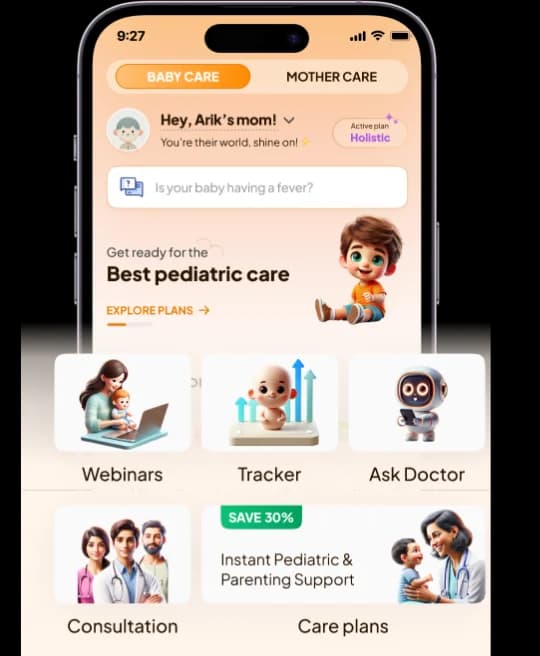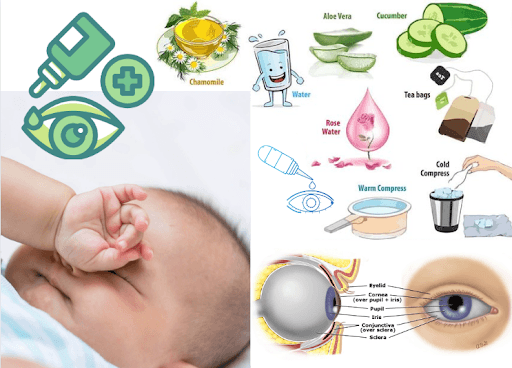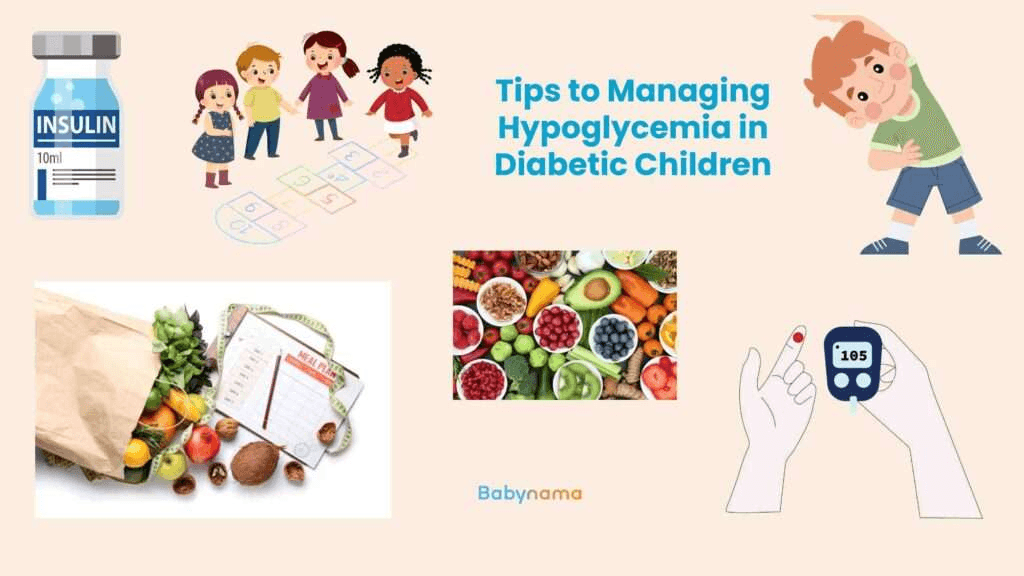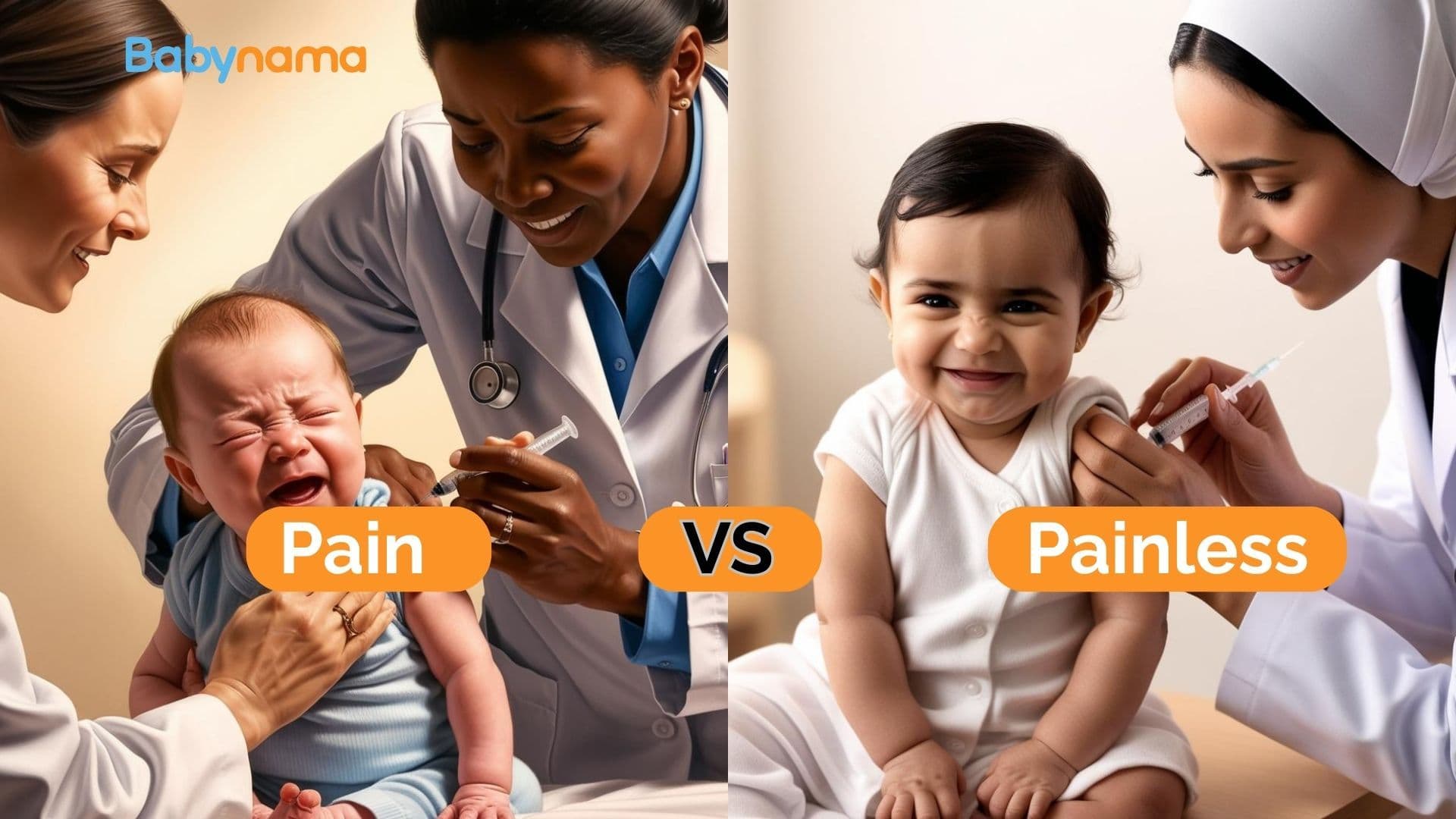
Protecting your baby from potential harm is top priority for parents. Just like childproofing your home, safeguarding your child from deadly allergic reactions requires multiple layers of protection. From pool safety to food allergen categories, this article will guide you on how to keep your little ones safe.
Protective Measures for Food Allergy
- Identify your child’s allergens:
- Know what your child is allergic to and what forms of the allergen they can tolerate.
- Be aware of multiple allergens that your child may have.
- Before eating, read labels & learn to spot allergens quickly:
- Read food labels carefully to detect allergens.
- Learn how to identify potential allergens in food.
- Use caution with “protein” goods:
- Read the label and know the source of “protein” before consuming the food.
- Protein allergies are common among children with food allergies.
- Prepare a written Food Allergy Action Plan:
- Document your child’s allergens and potential symptoms of an allergic reaction.
- Include the drugs that can be used in the event of an allergic reaction.
- Always carry your kid’s emergency medicines:
- Children with potentially fatal IgE-mediated food allergies should carry a life-saving epinephrine auto injector.
- Children with asthma should have an albuterol or levalbuterol inhaler and an antihistamine available.





